InstantSplat and the Future of 3D Reconstruction: A Revolutionary Leap Forward
Three photos—just three moments captured in time—are all you need to create immersive, high-quality 3D models, thanks to NVIDIA’s groundbreaking AI technique called InstantSplat. This technology has pushed the boundaries of 3D modeling, delivering results that were previously deemed impossible without extensive computational resources or intricate setups. What might have taken hours or even days with older methods can now be achieved in mere seconds. This isn’t just an upgrade; it’s a paradigm shift, a revolutionary advancement poised to transform industries ranging from gaming to scientific visualization.
The Limitations of Traditional 3D Modeling
For decades, 3D modeling has relied on processes like Structure from Motion (SfM), which assembles a model based on overlapping images to estimate the geometry of a scene. However, these traditional methods struggle with limited input. Attempting to reconstruct a 3D model from only three photos is like trying to build a functioning spaceship using just duct tape and cardboard—it just doesn’t work well. The result is often a blurry, incomplete mess due to insufficient data.
In contrast, InstantSplat defies these limitations by leveraging a novel AI approach. It generates high-fidelity 3D models that include intricate, photorealistic details, even when working with minimal input. Imagine taking three photos of a car, and not only capturing its vivid details but also the glossy, reflective surfaces that dynamically shift as you rotate around the scene.
How InstantSplat Works
At its core, InstantSplat employs Gaussian Splatting, a technique that treats surfaces in a 3D scene as a collection of small Gaussian bumps. This method significantly reduces the data requirements for creating detailed reconstructions, allowing the AI to fill in missing details intelligently. The result is a model that looks not only realistic but also occupies minimal storage space—a win-win for both quality and efficiency.
But what truly sets InstantSplat apart is its ability to synthesize 3D environments from unposed images. Older methods often required a controlled setup: perfectly aligned photos and consistent camera angles. Deviate from the formula, and the results became unreliable. InstantSplat, however, can handle photos taken at varying angles, making it accessible even to casual users capturing everyday scenes.
A Game-Changer for Industries
The implications of this technology are staggering. Industries that rely heavily on 3D modeling, such as architectural visualization, video game development, and film production, stand to benefit enormously.
For example, consider the gaming world. Imagine being able to snap a few photos of your neighborhood and transform it into a playable level for your favorite game. The potential for immersive storytelling based on real-world environments could expand exponentially.
Similarly, scientists, particularly those in fields like astronomy and geology, can use InstantSplat to reconstruct 3D models of distant or hard-to-reach places. The technology has already demonstrated its ability to process photos taken literally on Mars! This could revolutionize how we analyze planetary surfaces and other remote environments—work that previously required multi-billion-dollar space missions and specialized tools.
The Speed Factor: Innovation at Lightning Pace
Another standout feature of InstantSplat is its sheer speed. Traditional techniques often required hours of computational time to process high-quality 3D models. For instance, earlier methods like NoPe-NERF could take up to 84 minutes for a single complex scene. InstantSplat, by comparison, achieves even better results in just seconds—a 150x speed improvement.
This isn’t merely an optimization; it represents a dramatic shift in how 3D modeling is approached. Faster rendering times mean that creative professionals and researchers can iterate and experiment more freely, unlocking new levels of productivity and innovation.
Paving the Way for New Frontiers
While InstantSplat is nothing short of a marvel, it’s not without its limitations. The AI struggles with highly dynamic or volumetric elements like smoke, fog, and explosions, though advancements in light transport simulations may soon address these challenges. For instance, cutting-edge research into Gaussian lumps paired with ray tracing already shows promise in modeling complex volumetric effects. Technologies like this could one day allow us to accurately recreate everything from billowing clouds to dazzling fireworks displays in 3D.
The most exciting part? InstantSplat’s framework is open to the public, with its research paper and source code freely available. The democratization of such transformative technology ensures that its potential will be explored and applied in ways we can’t yet imagine.
A Future Closer Than You Think
As we stand at the cusp of this new era, InstantSplat represents far more than just a technical advancement. It’s a gateway to creativity, accessibility, and innovation across countless industries. Whether you’re an artist, a scientist, or simply a curious individual, the ability to recreate entire virtual worlds from just a few snapshots is now within your reach.
Picture the possibilities: transforming memories into immersive experiences, creating video games set in real-world places, or even designing virtual tours of historical landmarks with unprecedented detail. For anyone passionate about technology and its potential, there’s no better time to be alive.
So what will you capture? A statue in the park? Your pet? Your childhood home? With InstantSplat, the worlds you create are limited only by your imagination.
Get ready: the future of 3D modeling is here, and it’s faster, smarter, and more dazzling than ever.
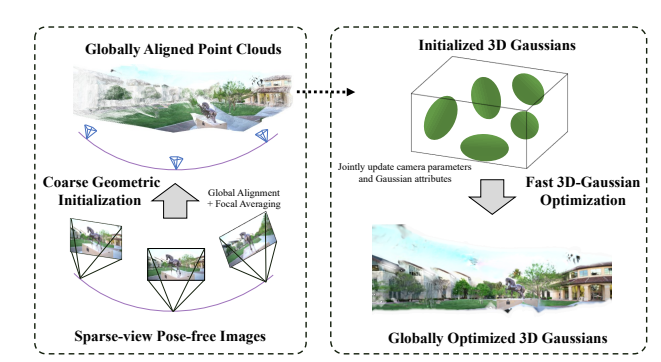
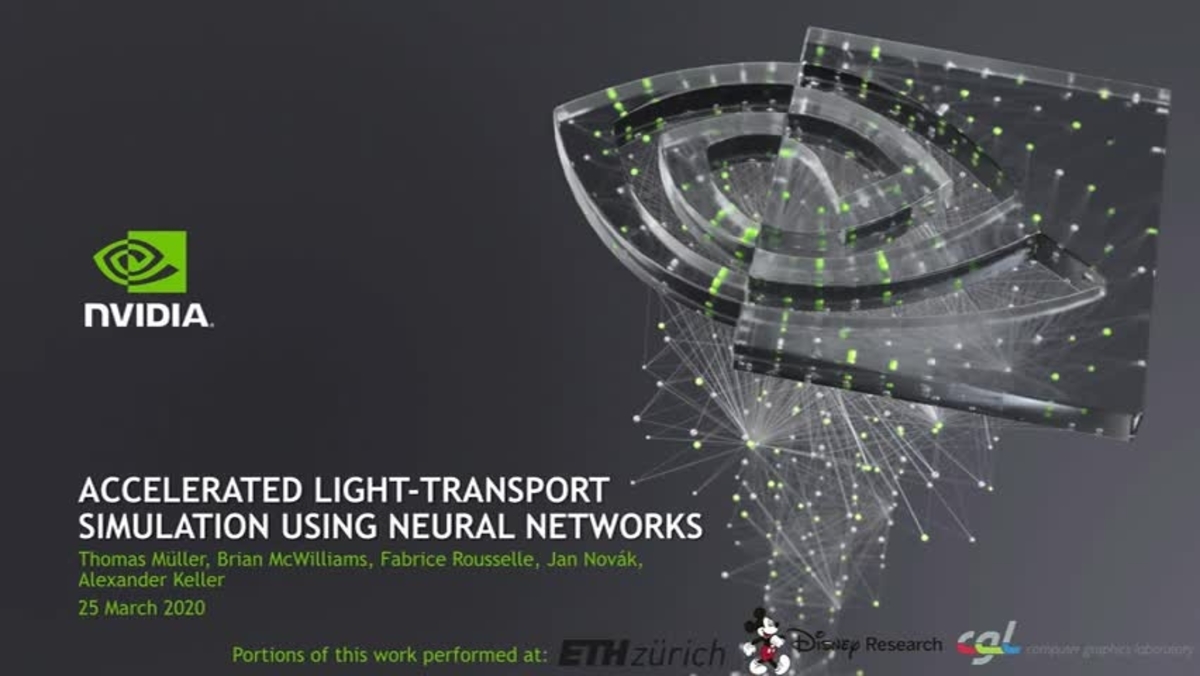
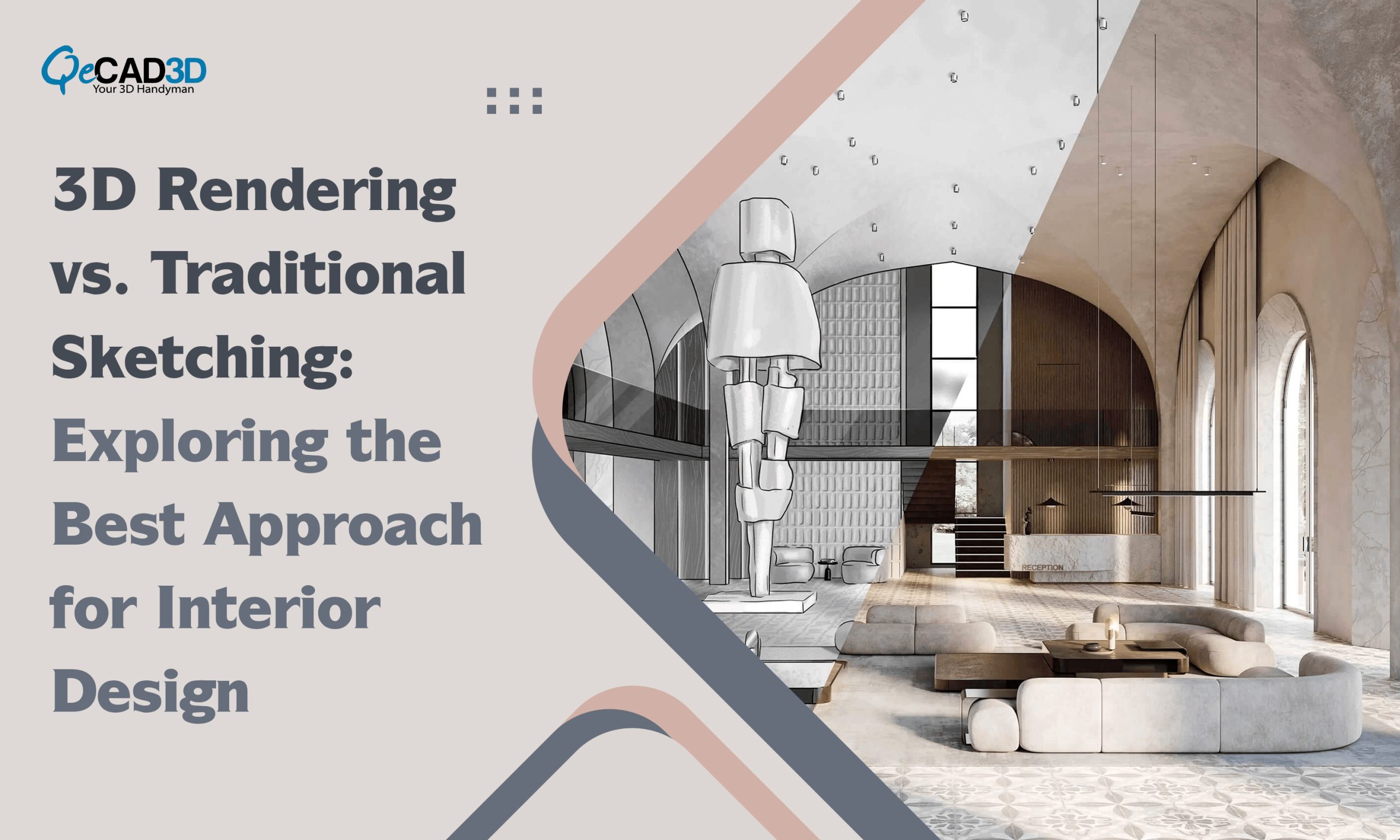
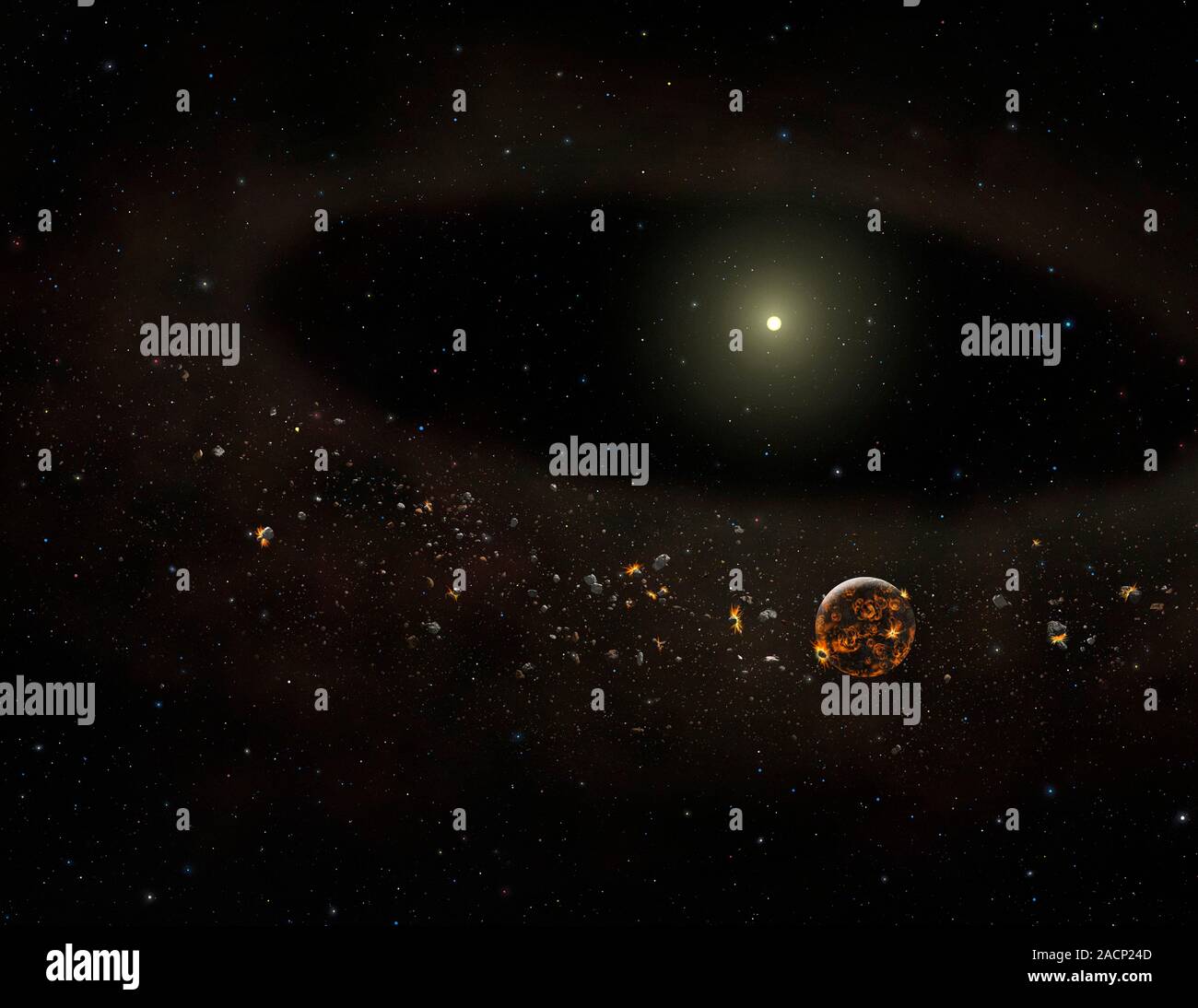 >
>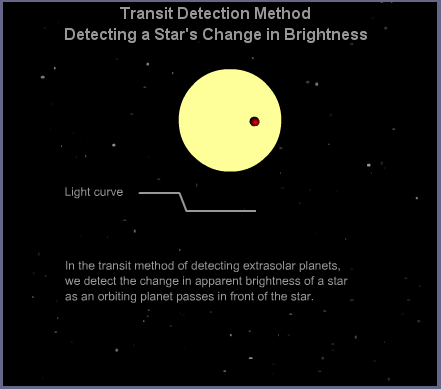 >
> >
>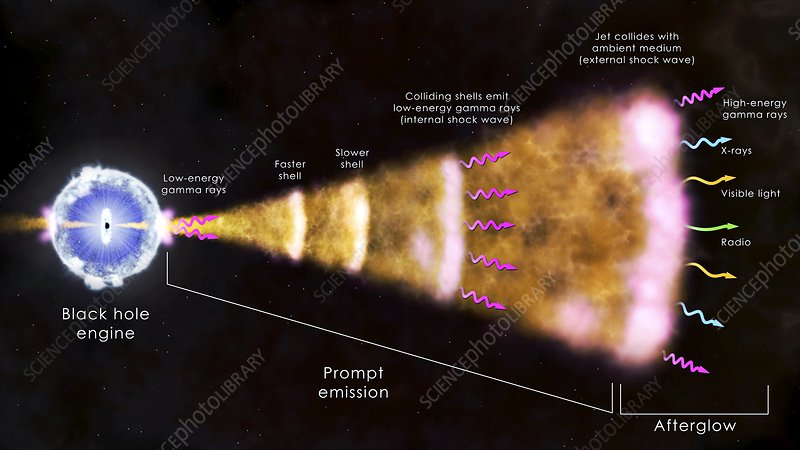 >
>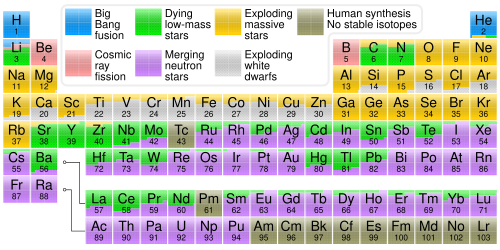 >
>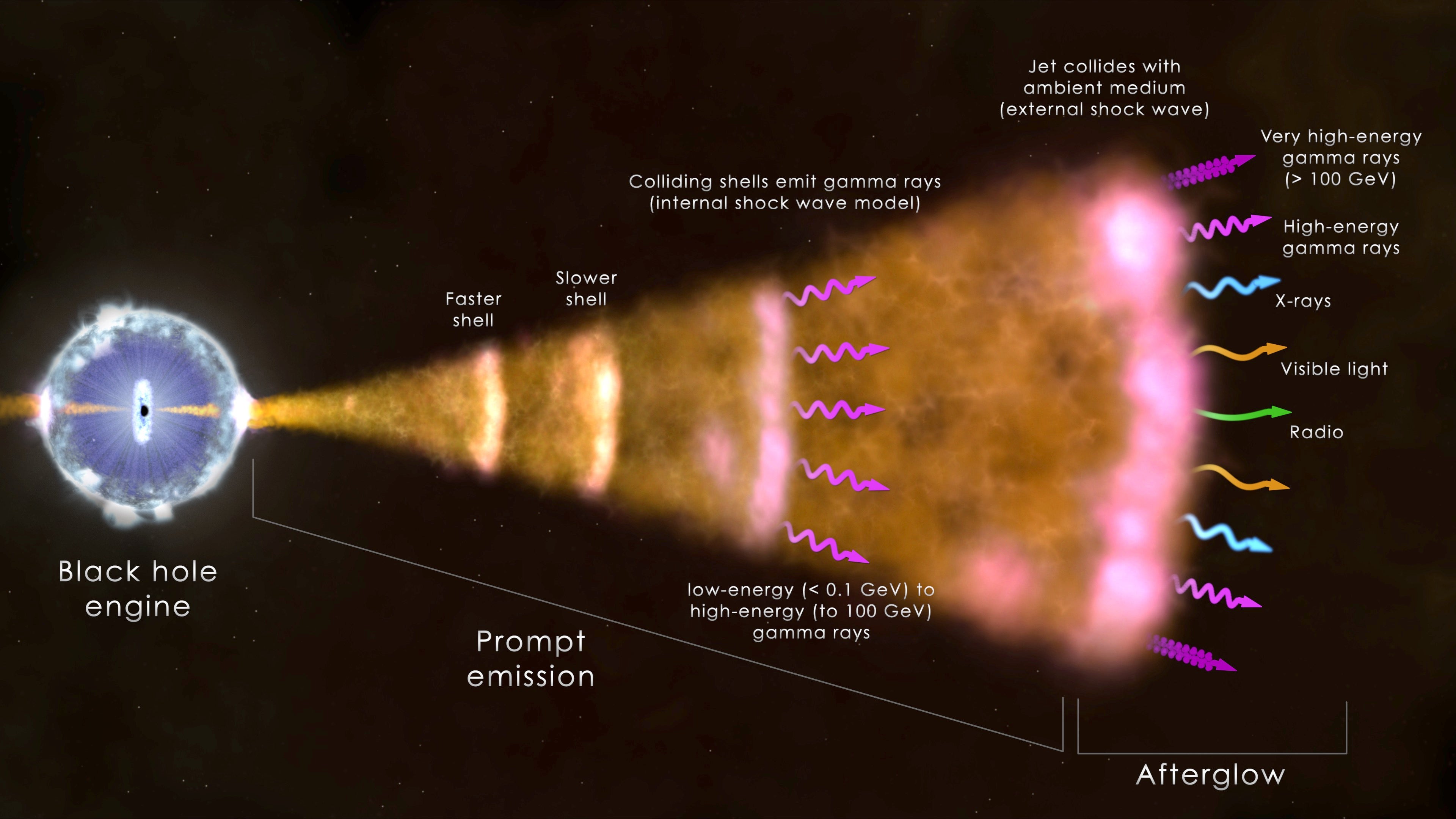 >
>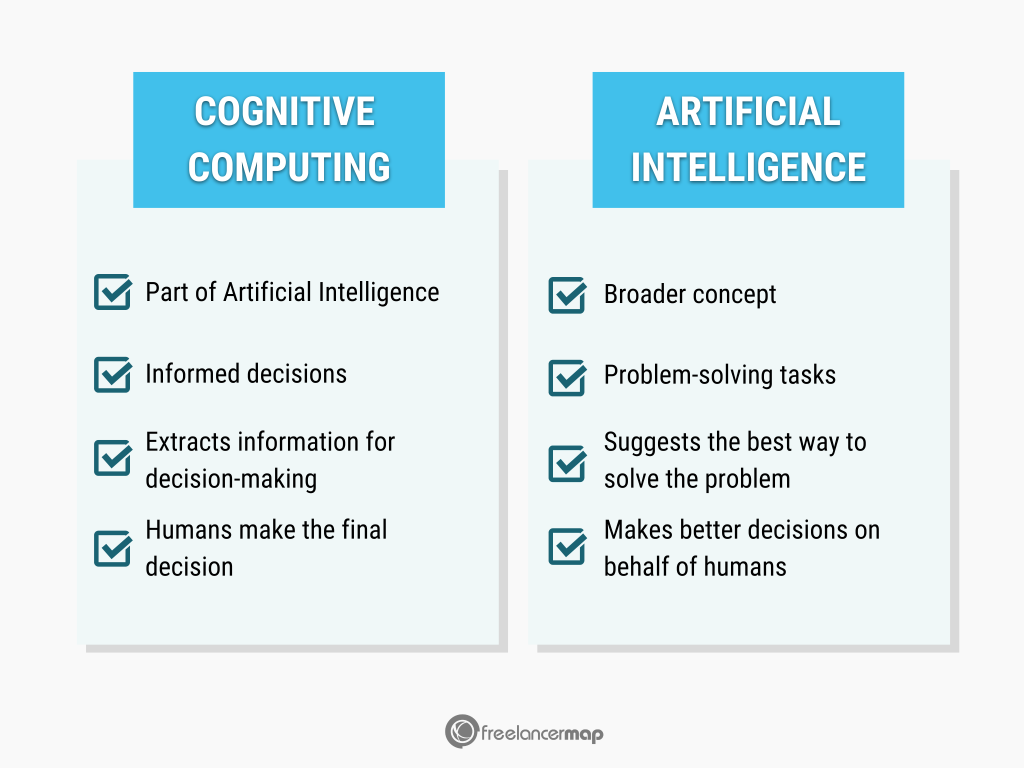 >
>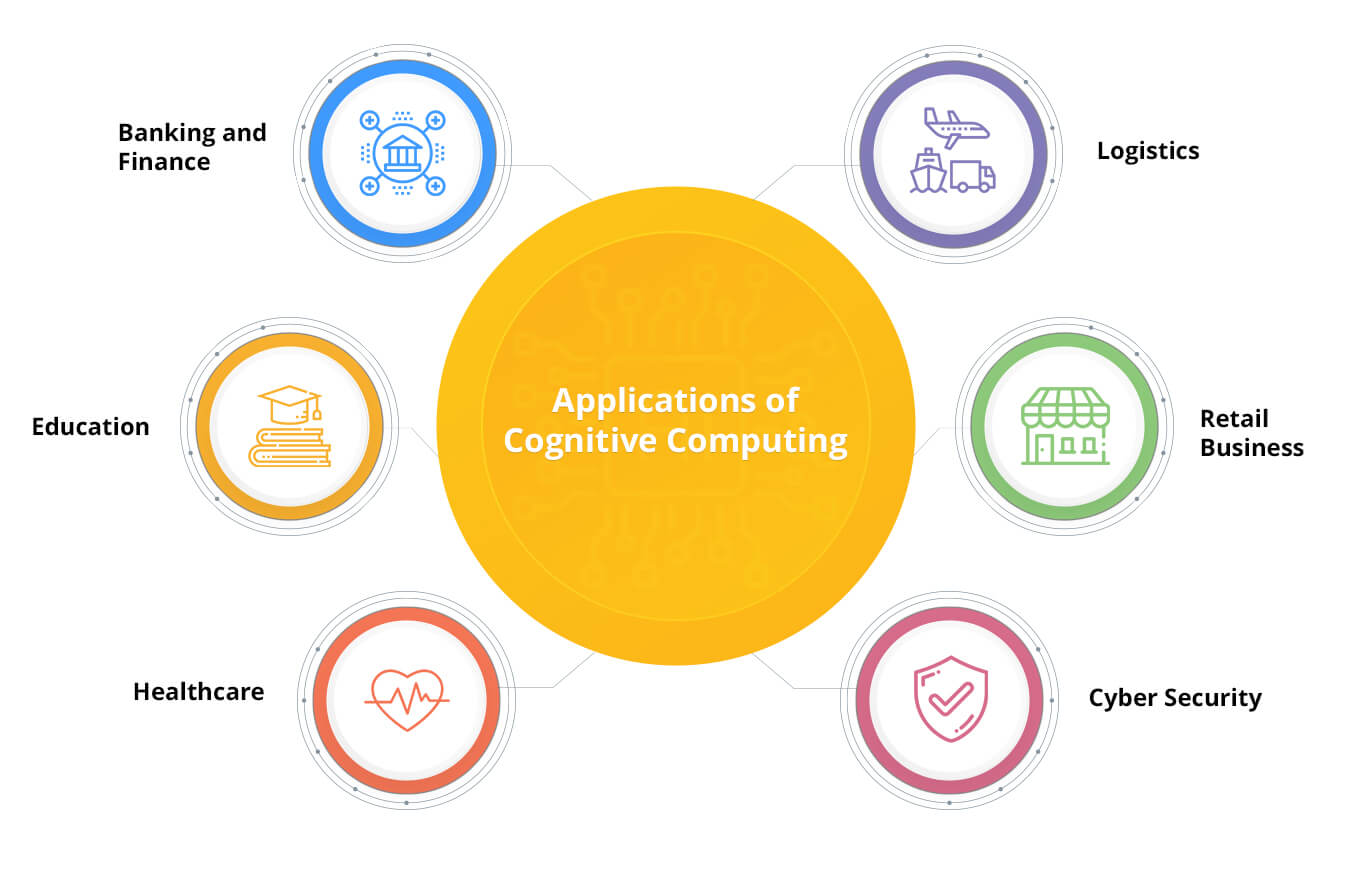 >
> >
>